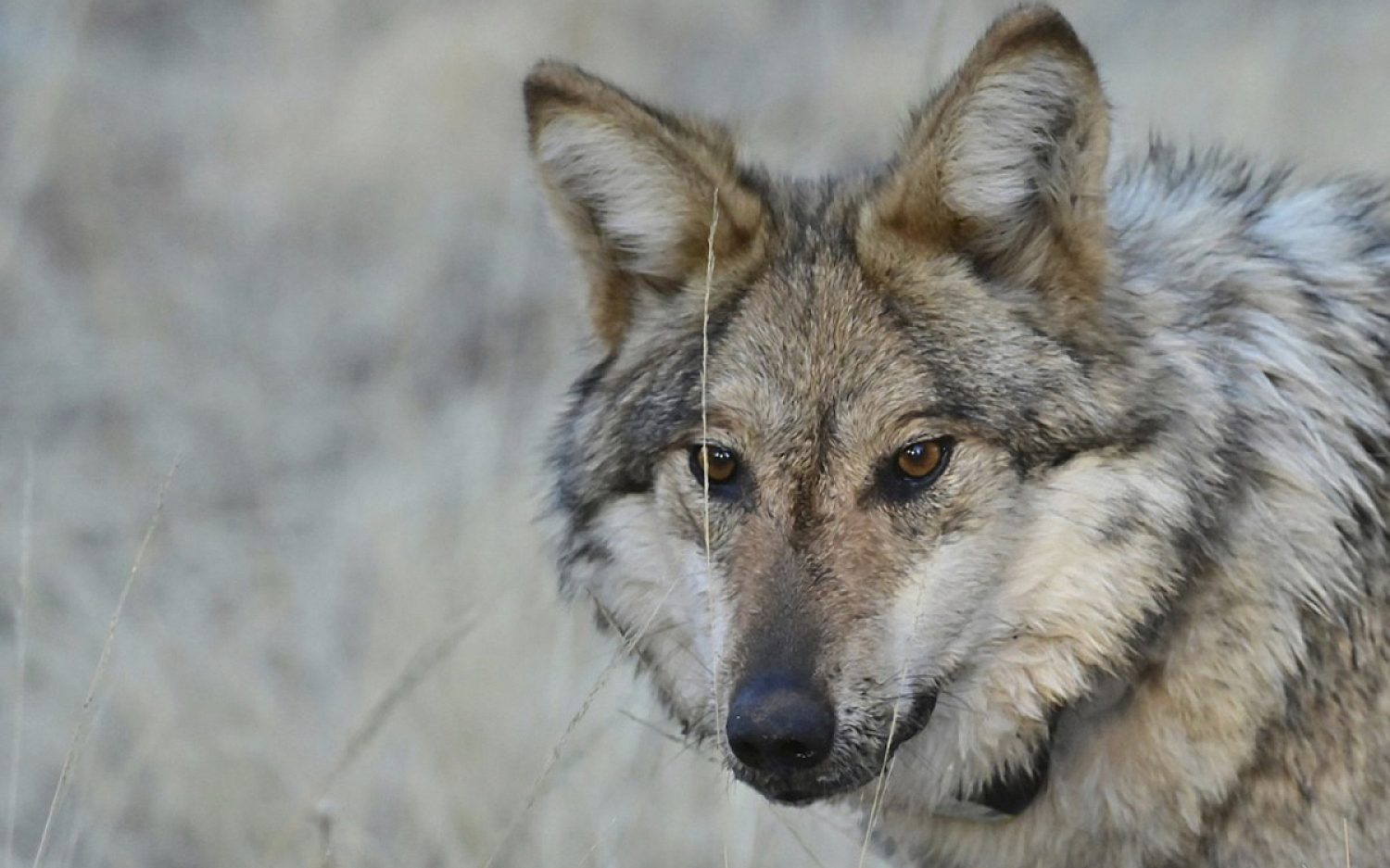What should we do with the wolves?
People in New Mexico are asking this question. Authorities say Mexican gray wolves are snatching pets from front yards. The wolves seem to have no fear of humans. In other words, it’s a wolf-mergency.
And it’s a tricky puzzle to solve. People have tried to bring gray wolves back to the American West. This benefits the wolf species. But some ranchers and residents are not enjoying their canine neighbors.
“For us . . . wolves are not some romanticized concept,” says rancher Tom Paterson. “For those of us on the ground, they’re a very real daily threat.” He’s worried about his grandson playing on the deck. Just 100 yards away, wolves killed a steer in February.
Officials sent out a warning last week: Be aware of your surroundings. Keep a close eye on your kids and pets.
Do Mexican wolves belong in the Southwest? Some folks argue they do. They point out that there is no record of a Mexican wolf attacking a person.
But ranchers say wolves threaten their livestock. That harms ranchers’ ability to earn a living.
There are at least 286 Mexican wolves in Arizona and New Mexico. Officials say livestock kills are decreasing. Records show that wolves killed 100 animals last year.
Ranchers argue that many more kills don’t get recorded. Why? The wolves gobble up their prey. Not enough evidence remains behind to prove the kills happened.
The concerns stretch beyond New Mexico. People in Oregon and Northern California struggle with gray wolves. (These are the larger, more common cousins of Mexican gray wolves.) The wolves seem extra bold. They kill more livestock than usual. Two California counties have also declared emergencies.
In Montana, lawmakers think about making a new law. The law would stretch wolf hunting season longer.
God made wolves. God made people. The trick is figuring out how to care for wolves while also protecting people and ranchers’ livelihoods.
The wolf and the lamb shall graze together. — Isaiah 65:25



























